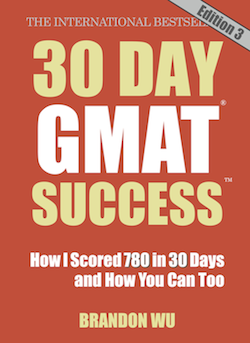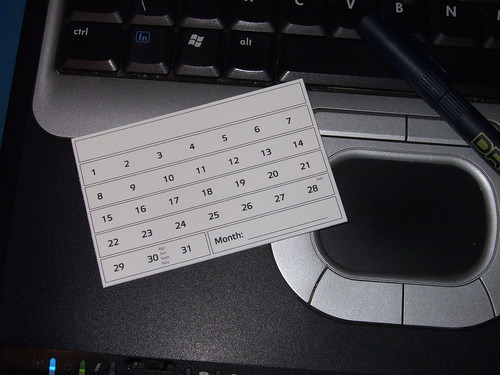You Bought the Books, Now What?
A few weeks ago I wrote about how to find motivation to study for the GMAT and how to approach studying with a positive attitude. I’m sure that you took my advice to heart and have decided to buckle down and get to work so that you can have your GMAT experience behind you by the time the summer arrives. So today I’d like to offer you some tips about creating your study schedule. If you’ve read my book, you know that creating (and sticking to!) a study schedule is an important component of studying for the GMAT. My book has 35 pages devoted to helping you do just that, including a lot of great advice about how long you should study each day and what to study each day. This post will serve as a bit of a reminder about some of those tips, as well as offer you additional guidance, by talking about some of the most common mistakes GMAT test-takers make when studying.
1) Skipping over the basics. Some people want to dive right into realistic GMAT questions, and for some people, that’s fine. Others, however, can’t remember how to add fractions or what the formula is for the area of a triangle. If you are struggling with the basic concepts – brush up on them first. The GMAT Official Guide has lots of basic math information before the problem solving section. Make flashcards for formulas and properties of numbers that you don’t remember. You can’t expect to solve the 37 quantitative questions in the time allotted if you are struggling with the concepts. You also can’t focus on good test taking strategies, like backsolving and estimation, if you can’t grasp what the question is asking.
2) Avoiding topics they think they know well. If you think back to middle school and remember that you were an algebra-whiz kid, you might think you should focus on statistics and sentence correction. However, middle school was a long time ago and solving algebra questions on the GMAT is a whole different experience. It’s just as important that you practice the topics you think you are good at as those you have a hard time with. Keep in mind that the test is computer adaptive. If you get the easy and medium algebra questions correct right away, the test is going to give you some real whoppers.
3) Avoiding topics they don’t like. On the flip side, don’t avoid the topics you know you have a hard time with (ahem…reading comprehension!). Don’t make the mistake of thinking that reading comprehension is only about a third of the verbal, and that if you ace sentence correction and critical reasoning, you’ll get a great score. Chances are that you will make at least a few mistakes in sentence correction and critical reasoning, so you can’t rely on those topics only for a high verbal score. If you spend a bit of time with those boring reading comprehension passages (or whatever your nemesis is), you might find that you can get a few extra points more easily than you think.
4) Thinking more and more and more practice is the best approach. The study schedule that my book lays out includes a lot of time spent reviewing questions that you miss in your practice. Looking at the right answer and moving on immediately doesn’t help. Reviewing questions you missed means checking to see whether you made simple calculation errors, checking to see whether you missed an opportunity to use a strategy, and noting patterns in the types of questions you miss so you know what to focus your study efforts on. Use the “standardized” part of this standardized test to your advantage. Questions are about concepts and patterns, not individual questions. If you take the GMAT 20 times, you will see roughly the same 37 quantitative questions each time, just with different words and numbers. You don’t need to see an example of every type of question that has ever been on the GMAT. You just need to recognize the concept that is tested in each question and have an approach for that concept. Reviewing missed questions helps you figure those concepts out.
Image Courtesy of Joe Lanman with Creative Commons License

